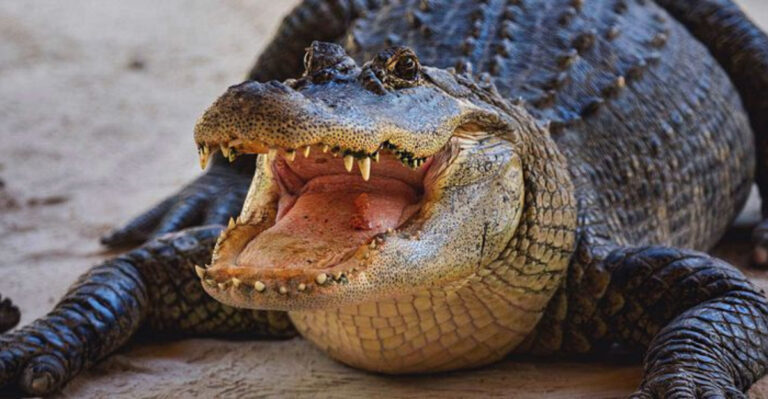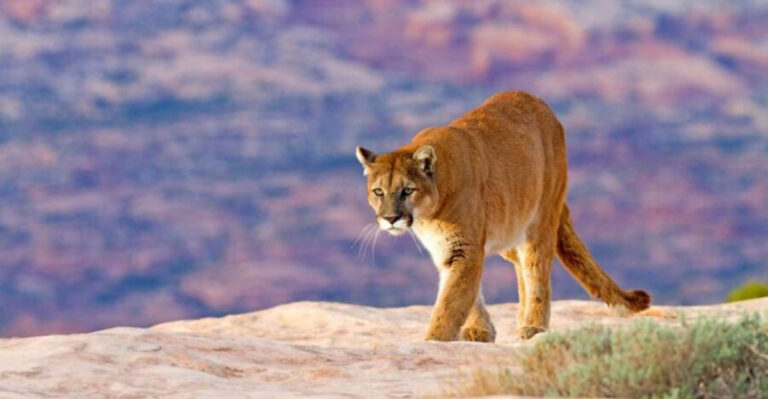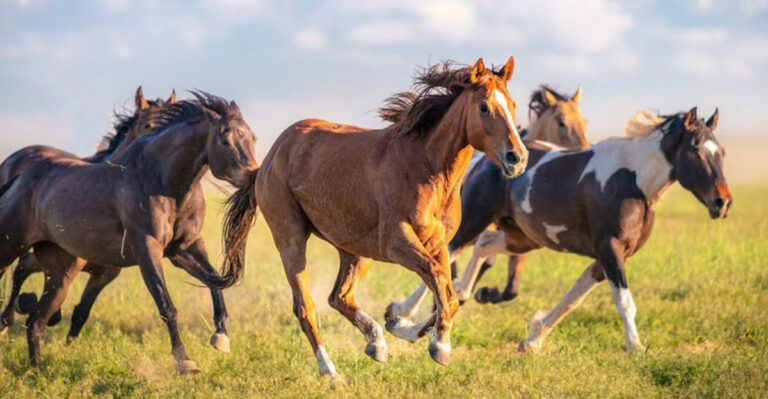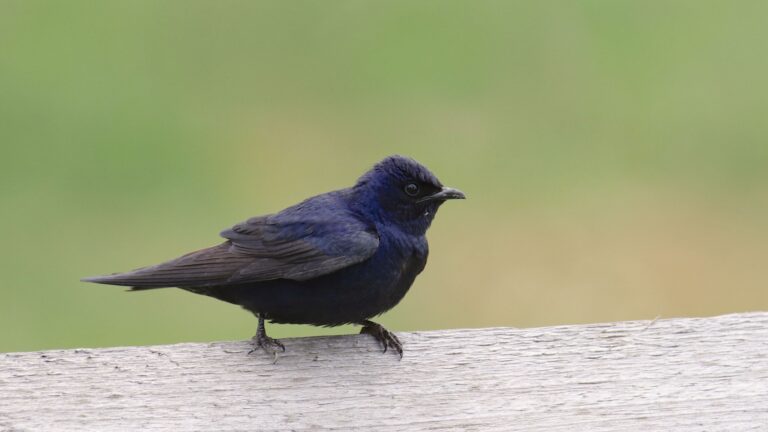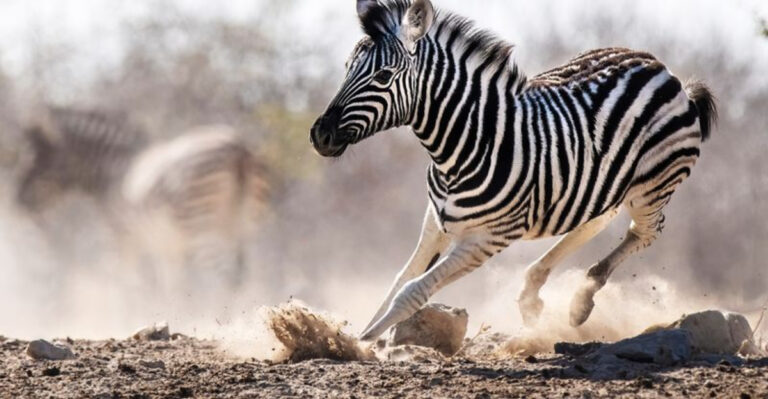12 Fascinating Feathered Dinosaurs That Will Blow Your Mind
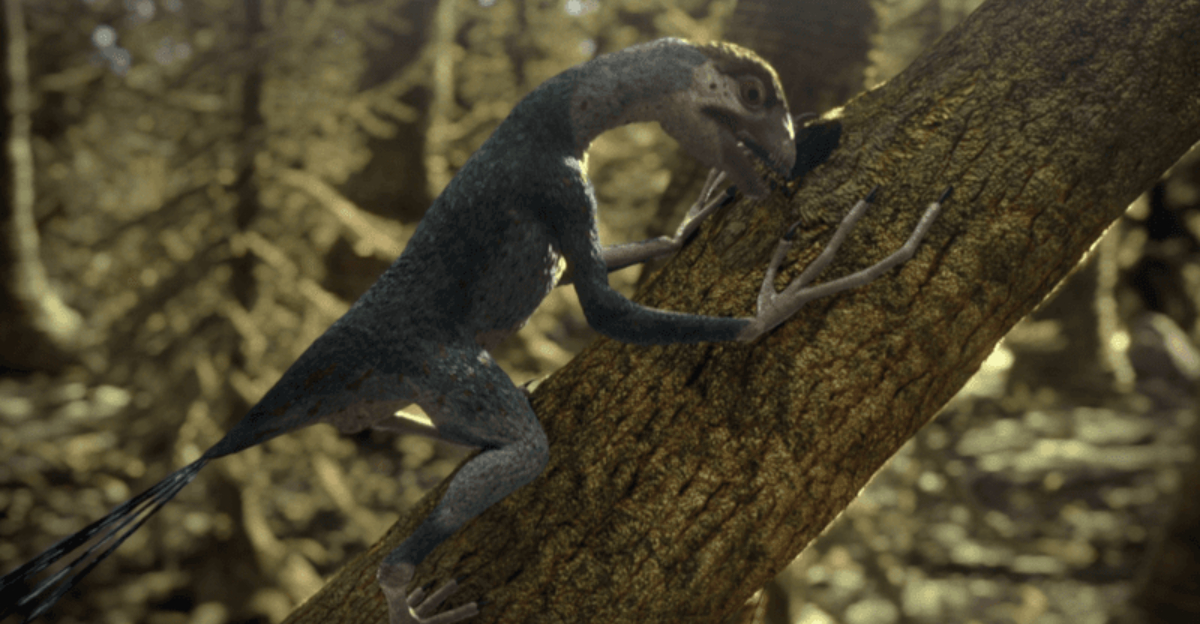
Feathered dinosaurs not only ruled the prehistoric skies but also roamed the earth with a grandeur that continues to captivate our imagination.
From tiny, agile hunters to massive, majestic creatures, these ancient beings showcase a fascinating diversity of forms and functions, hinting at the evolutionary bridge between dinosaurs and modern birds.
Let’s embark on an awe-inspiring journey through time to discover these remarkable feathered wonders, each with its own tale to tell.
1. Microraptor
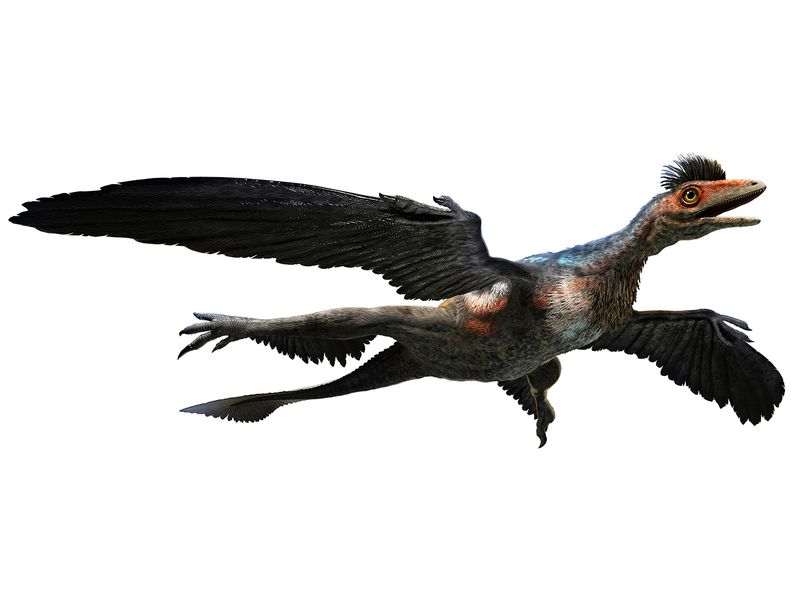
Microraptor, a diminutive dinosaur about the size of a crow, dazzled with its unique four-winged anatomy. Fossils reveal feathers that glistened in iridescent hues, possibly used to attract mates or intimidate rivals.
Its agile, tree-dwelling lifestyle helped it maneuver effortlessly through ancient forests. This fascinating creature had asymmetrical flight feathers on both arms and legs, aiding in short-distance gliding.
Scientists believe Microraptor’s diet included small animals and insects, making it an adept hunter in its lush, prehistoric habitat.
2. Archaeopteryx
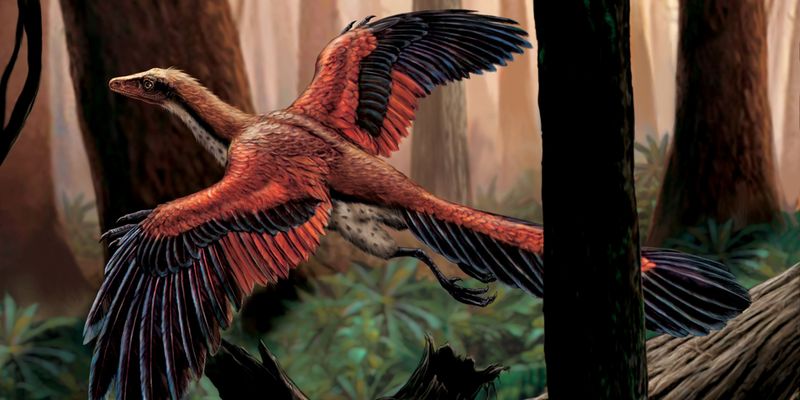
Archaeopteryx is often hailed as the ‘first bird,’ bridging the gap between dinosaurs and modern-day avians.
With its blend of reptilian and avian traits, it sported feathered wings, sharp claws, and a long bony tail. This crow-sized creature could flit between trees and glide, albeit not as skillfully as modern birds.
Its fossils, primarily found in Germany, revealed complex feather structures suggesting capabilities for powered flight.
3. Velociraptor
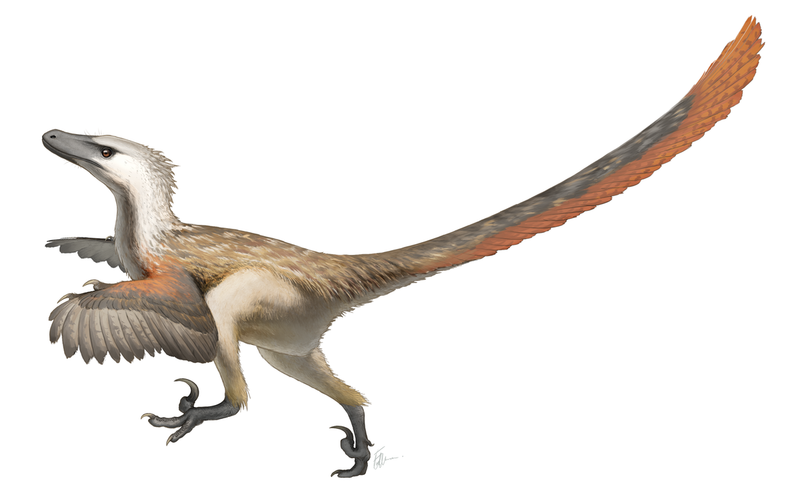
While Hollywood painted Velociraptor as a scaly beast, reality reveals it adorned with feathers. This intelligent predator, roughly the size of a turkey, hunted in packs using speed and agility to outsmart prey.
Feathers likely served in display, insulation, or aiding in agile movements. Its curved claws and keen intelligence made it a formidable hunter.
4. Sinornithosaurus
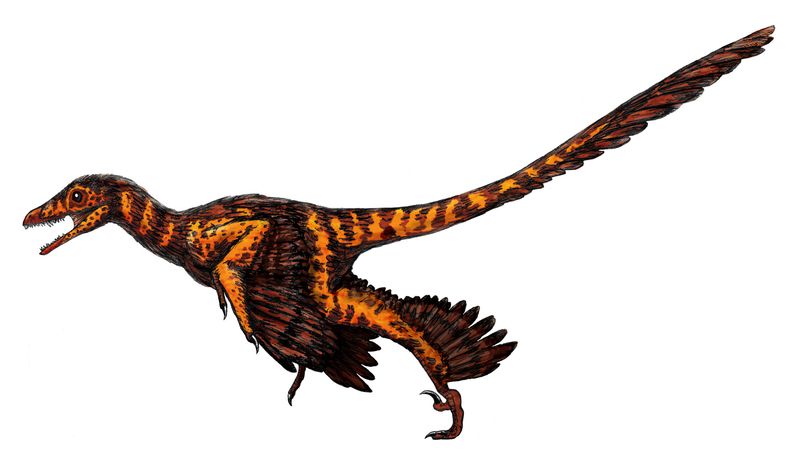
Sinornithosaurus, a close relative of Velociraptor, showcased a dazzling coat of filamentous feathers. These feathers likely served in thermoregulation or as a display to attract mates.
Its sharp, serrated teeth hint at a primarily carnivorous diet. Living in the dense forests of what is now China, Sinornithosaurus was adept at climbing and hunting small prey.
5. Anchiornis
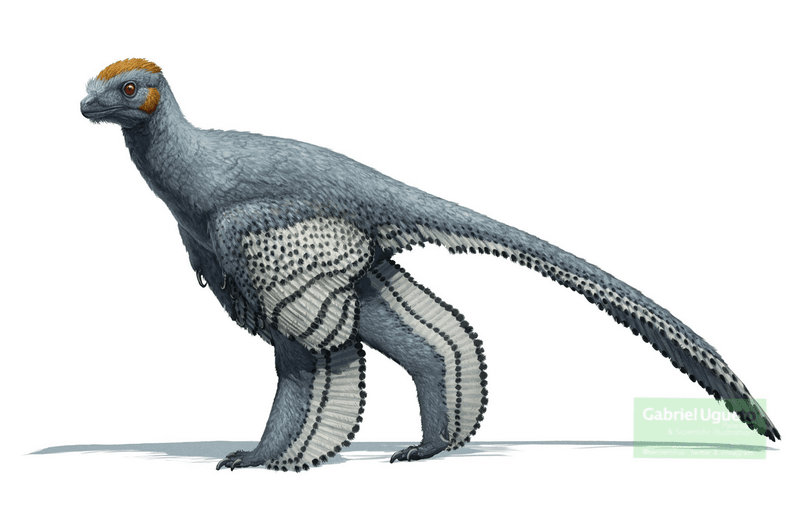
Anchiornis is a striking example of early feathered dinosaurs with its impressive four-winged configuration.
Its feathers displayed a rich palette of colors, possibly used in communication or mating rituals. Paleontologists have unearthed well-preserved fossils in China, revealing details of its plumage and skeletal structure.
Anchiornis’s anatomy provided clues into the development of flight in dinosaurs, bridging gaps in our understanding of avian evolution.
6. Caudipteryx
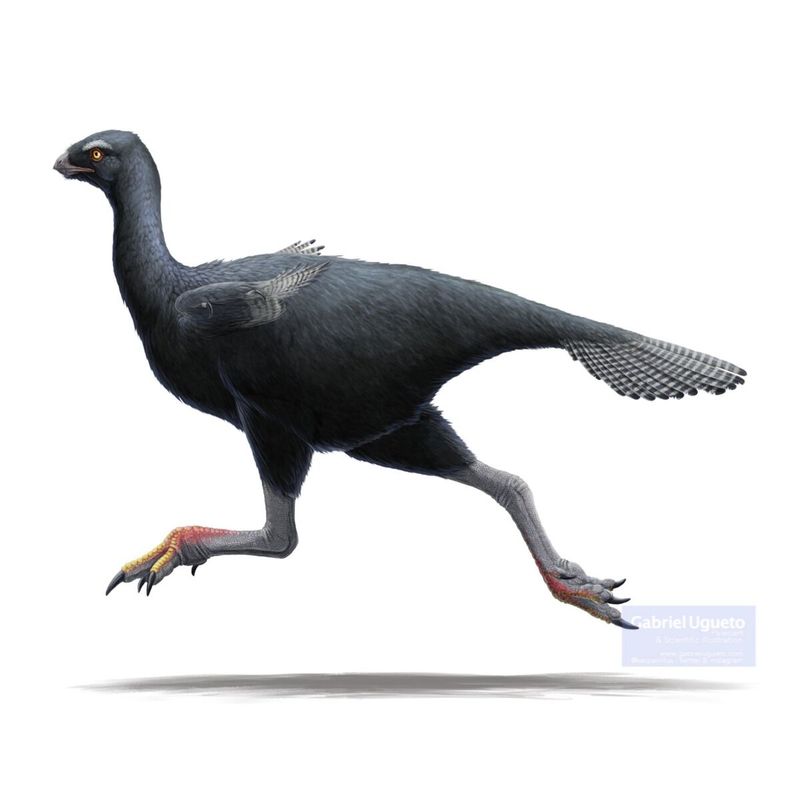
Caudipteryx, with its peacock-like tail and short, stubby wings, is a fascinating blend of dinosaurian and avian features.
Its feathers were more for show than for flight, suggesting a role in display. This turkey-sized creature roamed the ancient wetlands of China, possibly wading in shallow waters to feed on plants and small creatures.
7. Protarchaeopteryx
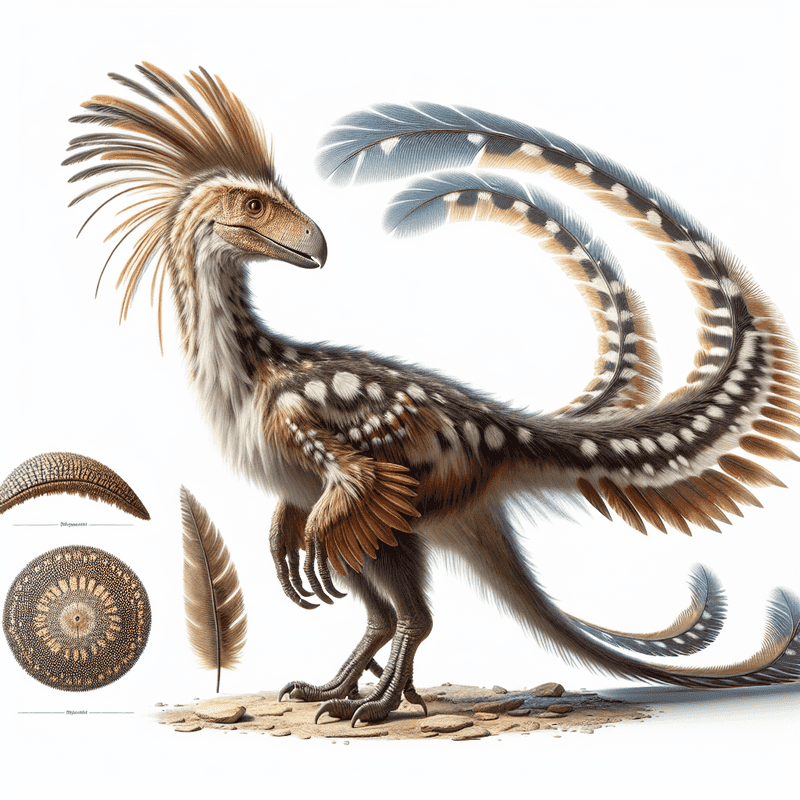
Protarchaeopteryx, a ground-dwelling theropod, sported long tail feathers that were likely used for display rather than flight.
This dinosaur, about the size of a modern turkey, offers clues on the non-flight functions of early feathers. Living in the lush forests of early Cretaceous China, Protarchaeopteryx’s anatomy suggested a diet of seeds and insects.
Its discovery has sparked discussions on the diverse roles feathers played before becoming integral to flight, enriching our understanding of evolutionary processes.
8. Yutyrannus
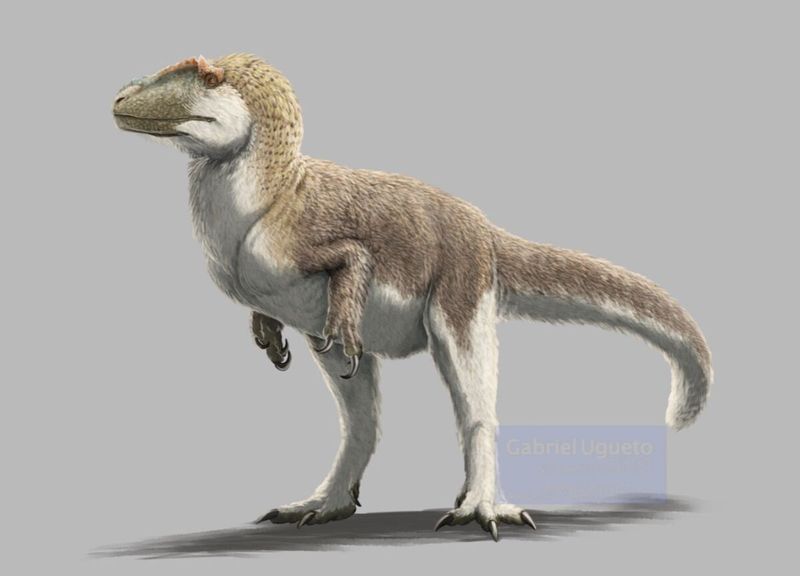
Yutyrannus, meaning ‘feathered tyrant,’ was a giant among feathered dinosaurs. Its impressive size and plumage challenged the perception of large theropods as scaly giants.
The discovery of Yutyrannus in China showcases how feathers were not exclusive to small dinosaurs. Weighing over a ton, it roamed snowy landscapes, using feathers perhaps for insulation.
9. Sinosauropteryx
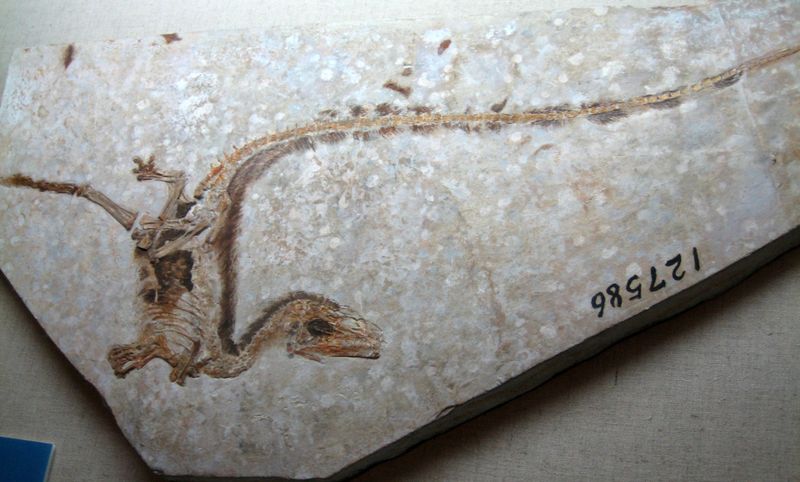
Sinosauropteryx, one of the earliest known feathered dinosaurs, sported a simple coat of filamentous feathers.
Its discovery in China marked a pivotal moment in paleontology, as it provided undeniable evidence for feathered dinosaurs.
This small, agile dinosaur, about the size of a modern chicken, had a distinctive striped tail. Its lifestyle likely involved swift pursuits of insects and small animals.
10. Beipiaosaurus
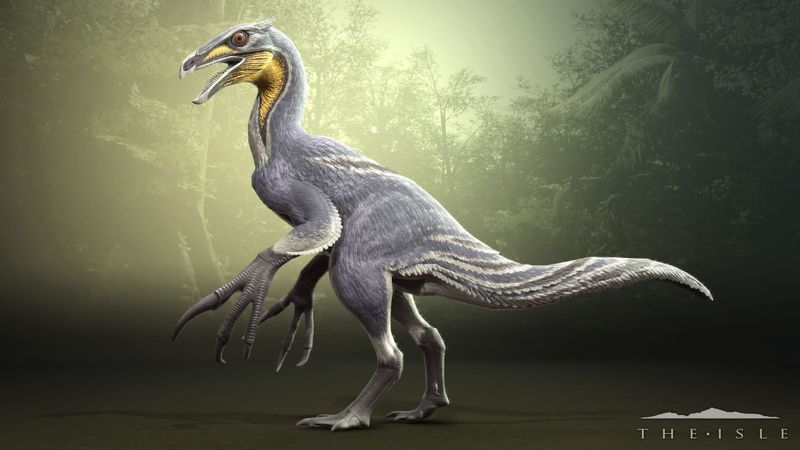
Beipiaosaurus, an herbivorous theropod, displayed a unique combination of features and elongated, filamentous feathers.
It thrived in the lush, ancient meadows of what is now China, feeding mainly on plants. Its discovery offered insights into the evolutionary pathways of feather development, pointing to multifunctional uses beyond flying.
11. Epidexipteryx
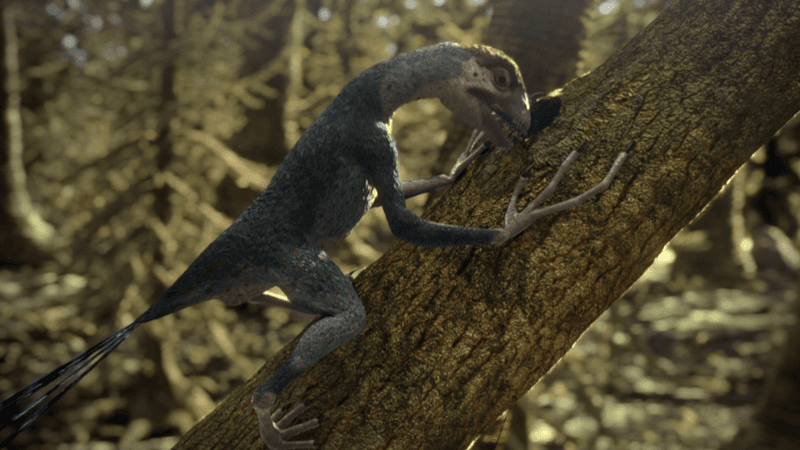
Epidexipteryx was an intriguing small dinosaur with long, ribbon-like tail feathers which were likely used for display.
This creature lived in the dense forests of Jurassic China, where its unique feather structures allowed it to thrive.
With a diet probably consisting of insects and small vertebrates, its small size and climbing ability made it a versatile survivor.
12. Zhenyuanlong
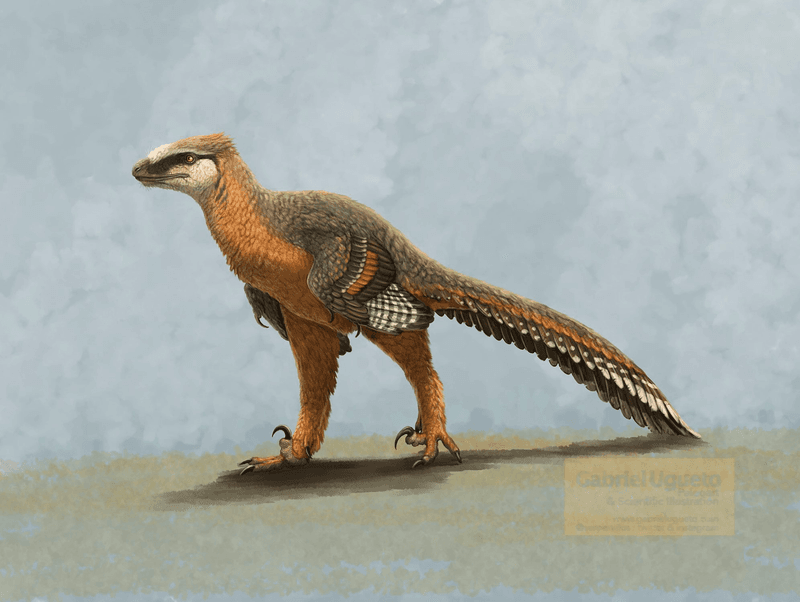
Zhenyuanlong, known for its large wings, challenges previous assumptions about the capabilities of non-avian dinosaurs.
Despite its inability to fly, its impressive wingspan and feather arrangement suggest other uses. Living in the rich ecosystems of Early Cretaceous China, Zhenyuanlong likely used its feathers for display or thermoregulation.
Its discovery has sparked renewed interest in the functional roles of feathers, beyond just flight, contributing to our understanding of this vital evolutionary trait.

